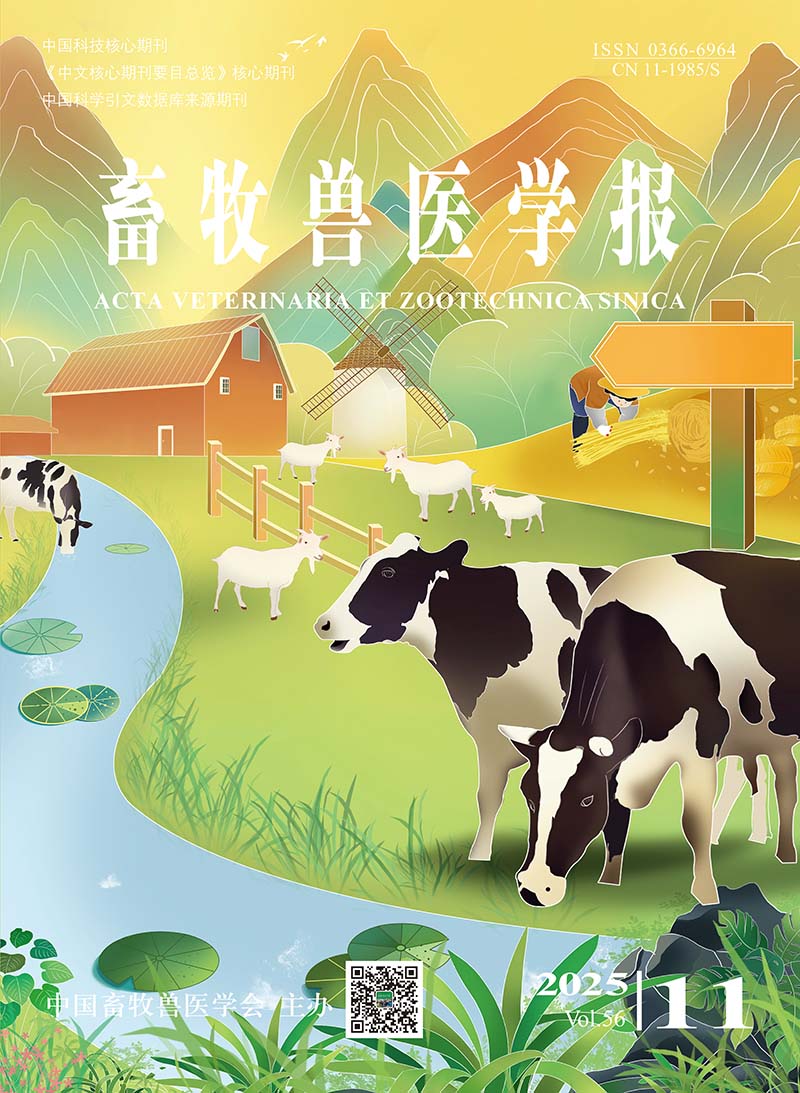-
Study on Induction, in vivo Pick-up and in vitro Development of PrepubertalLambs Oocytes
- HU Peng-fei;ZHANG Gui-xue;YU Guo-qing;WU Zeng-hua;LI Xiang-chen;GUAN Wei-jun
-
2011, 42(2):
182-189.
doi:
-
 Abstract
(
753 )
Abstract
(
753 )
 PDF (807KB)
(
704
)
PDF (807KB)
(
704
)
-
Related Articles |
Metrics
This experiment was conducted to study the effect of Polyvinyl pyrrolidone (PVP) on superovulation of prepubertal lambs, and the effects of factors such as breed, age, hormone dose and frequency of ovum pick-up on number of oocytes obtained were also studied. One hundred and twenty 4.12 weekold Poll Dorset and Suffolk lambs were assigned to three FSH treatments with forty lambs in each group. 120 IU FSH was diluted by PVP with percentage 0, 15% and 30%, respectively. Meanwhile, 30% PVP treatment was subgrouped based on breed, age, hormone dose and frequency of ovum pickup, superovulation and ovum pick-up were taken in each group. In addition, in vitro fertilization and embryo transplantation of lamb oocytes were conducted compared with oocytes from slaughter house. The results showed that: 1) There were no significant differences between 30% PVP group and routine method (P>0.05), whereas 15% PVP group was lowest in each index (P<0.05); 2) There were no significant differences between Poll Dorset and Suffolk lamb in number of follicles picked per lamb and available oocytes gained per lamb (P>0.05), number of oocytes picked-up from 4, 6 and 8 week-old lambs were higher than that of 12 week-old lambs (P<0.05), when 40 IU FSH was injected, number of oocytes picked-up was lowest (P<0.05), there were no significant differences between 120 and 240 IU groups (P>0.05), efficiency of superovulation decreased significantly in second time ovum pick-up (P<0.05); 3) In vitro maturation rate, cleavage rate, morula rate and blastula rate of oocytes from lambs were lower than that of oocytes from slaughter house (P<0.05), but there was no difference in fertilization rate (P>0.05); 4) 95 and 140 blastulas from lambs and slaughter house were cryopreserved, survival rate after thawed were 95.8% and 94.3%, respectively, there were no significant differences in pregnancy rate after transplantation (P>0.05), 2 and 7 lambs were born, respectively. These results indicated that routine superovulation could be substituted by Polyvinyl pyrrolidone mediated superovulation in lambs. Number of oocytes picked-up and in vitro developmental capacity were affected by age, hormone dose and frequency of ovum pick-up, max number of available oocytes were gained when 4 week-old Poll Dorset lambs were superovulated by 120 IU FSH diluted by 30%PVP, offspring could be produced by ovum pick-up from prepubertal lambs, indicating that ovum pick-up oocytes have the same developmental capacity as oocytes from slaughter house.






